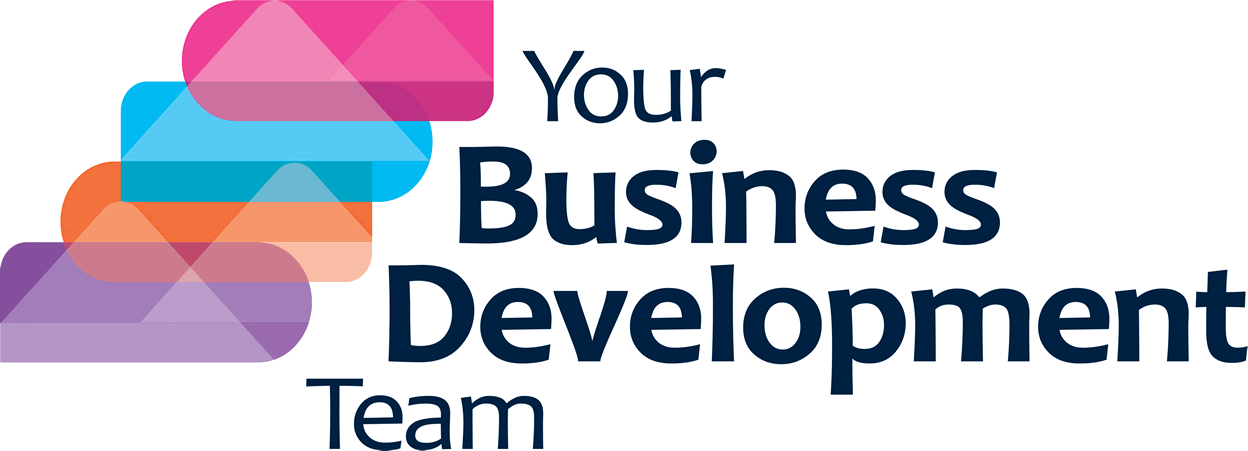Clear or not in terms of details, the Government’s new message is opening the possibility for more businesses to get back to work. As the economy starts to move, you are likely to start considering your sales revenue again. A famous quote from the writer H. Jackson Brown JR said, ‘There is nothing more expensive than missed opportunities.’ Whilst it looks like business development and sales opportunities are hard to come by at the moment, sooner or later you will need to find ways of growing your pipeline again.
You might think that, whilst this is true, now is not the time to consider business development or sales as currently you are not even sure how you will get your staff back to the office. This is very true, but I am afraid that you might need to consider multi-tasking. This is because turning your sales on in one swift move might prove challenging for a number of reasons:
- Many new projects and pipeline opportunities might not be relevant or still on hold
- Many of your existing clients might not be in a position to spend as much or at all
- Your key product might not be relevant anymore and you will need to consider promoting other products
- New business sales take longer to develop and require a period of nurturing and relationship building
Another problem you might find, particularly if you come to rely more on new business development, is that your sales staff can take time to get used to the new way of working especially if they have been furloughed for a few months. You may also need to consider a new sales process, sales collateral and marketing message.
In other words, like most things, if you want to achieve success, your sales launch will need to be considered and planned and this will take time. The last thing you want is to come to a point where you find some great opportunities in the emerging market place but you are unable to go after them properly because you don’t have the right plan in place; especially as at the moment, many of us are time rich and cash poor.
What can you do to make this happen? Well, because we are a very helpful company, we decided to develop a new service designed to support your sales kickstart. You can read more about it here then give us a call to arrange your free target market workshop to kickstart your sales strategy.










